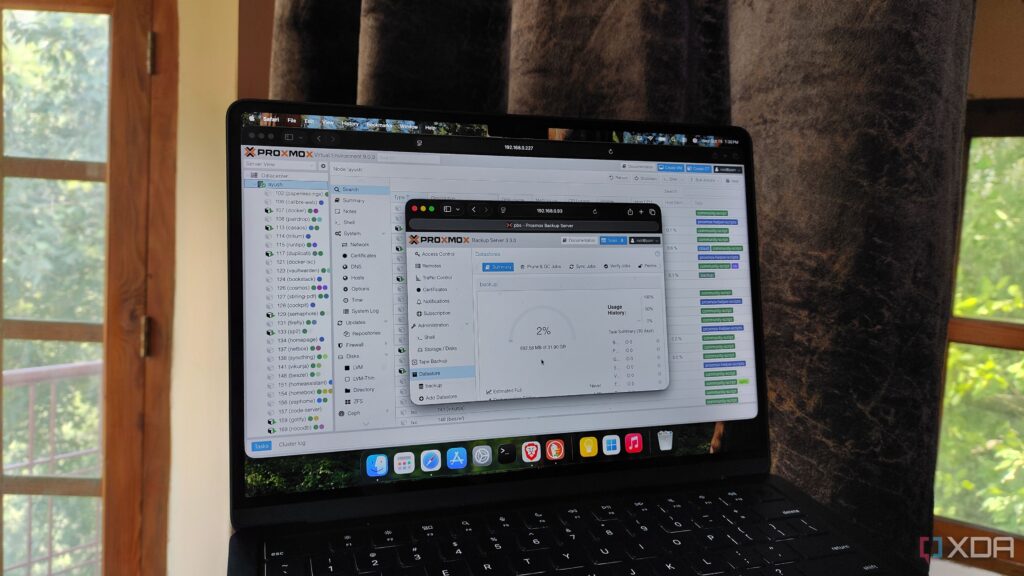
UPDATE: Proxmox enthusiasts are transforming their home servers, achieving an impressive 90% reliability increase through innovative tweaks and configurations. This surge in performance showcases the platform’s potential for both casual users and enterprise workloads, making it a hot topic in the tech community right now.
Recent user reports highlight four major adjustments that have proven effective. First, deploying RAID-powered ZFS pools is a game-changer. While Proxmox typically uses ext4 as its default file system, users are switching to ZFS for its advanced data integrity features. ZFS’s checksumming capabilities and Copy-on-Write design enhance reliability, particularly for storing virtual guest data. Users are favoring configurations like RAIDZ 1, which offers robust data protection comparable to conventional RAID 5 setups, ensuring that critical data remains intact.
Another crucial enhancement involves the implementation of Log2Ram on SSD boot drives. This solution addresses the notorious issue of write amplification, which can shorten the lifespan of SSDs. By saving log files to RAM and periodically transferring them to disk, users can significantly reduce wear on their storage devices, thus extending their operational life.
Furthermore, running a 24/7 monitoring server is becoming essential for users managing multiple virtual guests. The integration of the Pulse monitoring application with Proxmox enables real-time tracking of uptime, network performance, and resource utilization. Users can receive instant alerts via notification servers, ensuring they stay informed about their home lab’s health. To maintain accessibility, many are opting to host Pulse on a Raspberry Pi, keeping it independent from the Proxmox server.
Additionally, early adopters are deploying the Proxmox Backup Server (PBS) for enhanced data protection. PBS’s incremental backups, alongside its compression and deduplication features, help save significant storage space. The platform’s quick file recovery options further streamline the restoration process, making it a vital addition for users focused on data integrity.
In conjunction with these software tweaks, hardware upgrades are also being prioritized. Users are increasingly opting for ECC memory to guard against data corruption, investing in higher-cost RAM kits to protect their systems from bit rot. With frequent power outages reported in some areas, a UPS has become essential for ensuring continuous operation of Proxmox and NAS nodes.
As the Proxmox community continues to innovate, these developments signal a shift in how home servers are utilized, blending reliability with high performance. Users are encouraged to adopt these strategies for an immediate boost in their setups, making it a must-watch trend for tech enthusiasts.
Stay tuned as more users implement these changes, and share your own experiences to contribute to this growing dialogue in the tech community.






